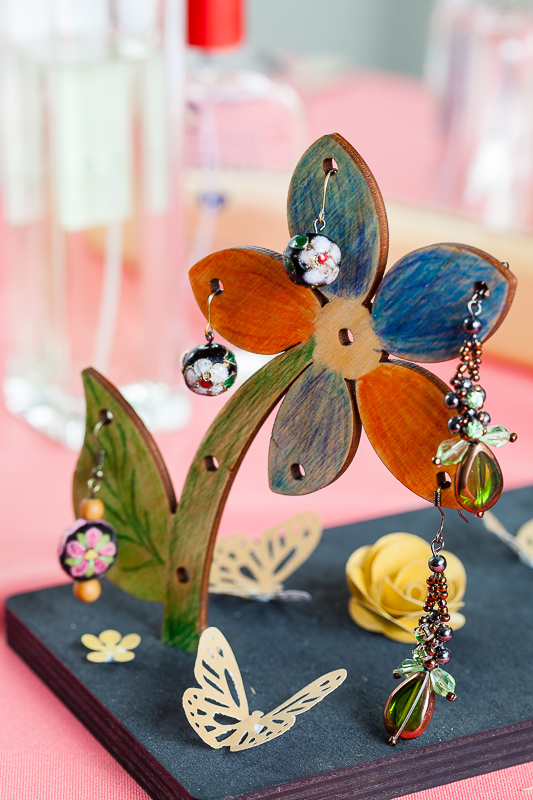In the near future, there will be various anniversaries where we love to buy, give or receive flowers. But are we aware that growing these innocent beauties is leaving an ever-growing footprint on our collective environment? Valentine’s Day, and the Women’s Day that follows it, is a day of celebration. But sadly, this celebration does not reach the workers on the flower plantations in Africa and, sadly still, the pressure on their environment is particularly great on our feast days. For example, around 70% of the flowers sold in European supermarkets come from Kenya. Kenya’s largest cut flower industry is located on the shores of Lake Naivasha, where some 30 flower plantations are located. Growing cut flowers requires large quantities of water. As a result, the water level in the lake has fallen to a critical limit. Fertilisers are used to grow the flowers and various plant protection products are used to protect the plants. Chemical residues are discharged into the water and have polluted the lake. This in turn has led to a decline in fish catches and has made the availability of clean drinking water in the lakeside villages almost non-existent. The flower industry employs more than 50 000 people, 60% of whom are women. Wages are extremely low and exposure to chemicals has damaged the health of many workers. Giving flowers as gifts is a beautiful tradition! The most beautiful flowers are those that are grown without harming the environment and that pay their growers a fair wage. Fair trade flowers can also be bought today in various supermarkets in Estonia. As well as flowers, you can give the gift of time for each other or an experience to share with a friend. You can also find creative experiences for Valentine’s Day and Women’s Day in our workshops!
